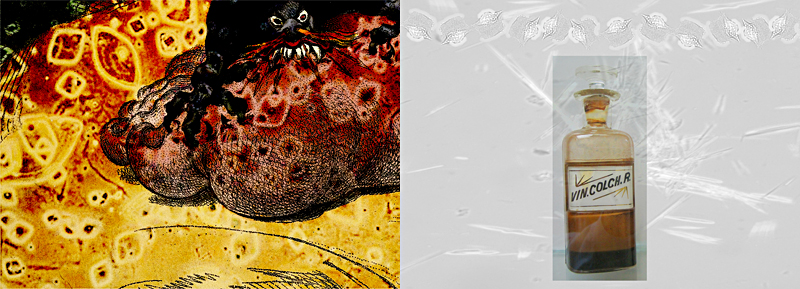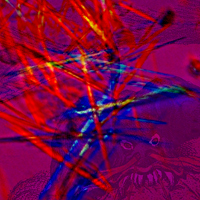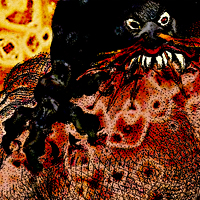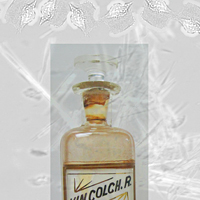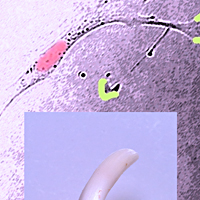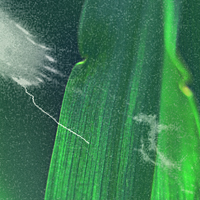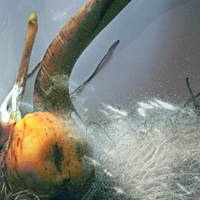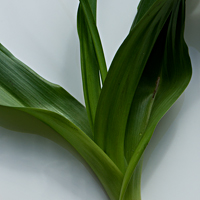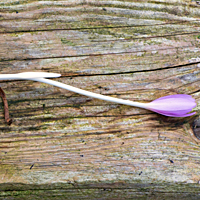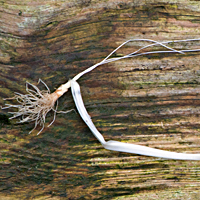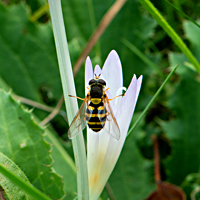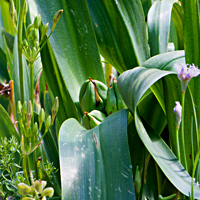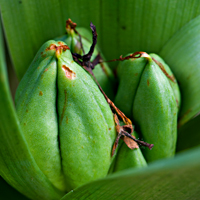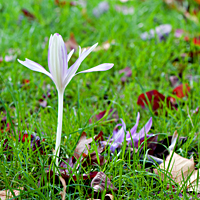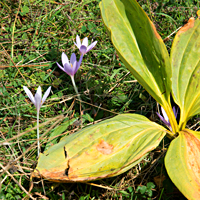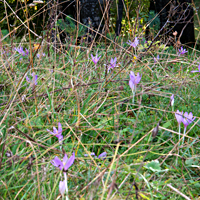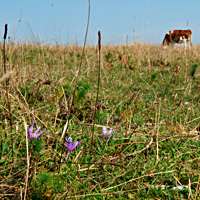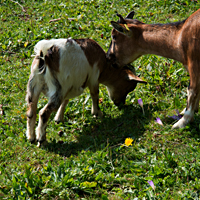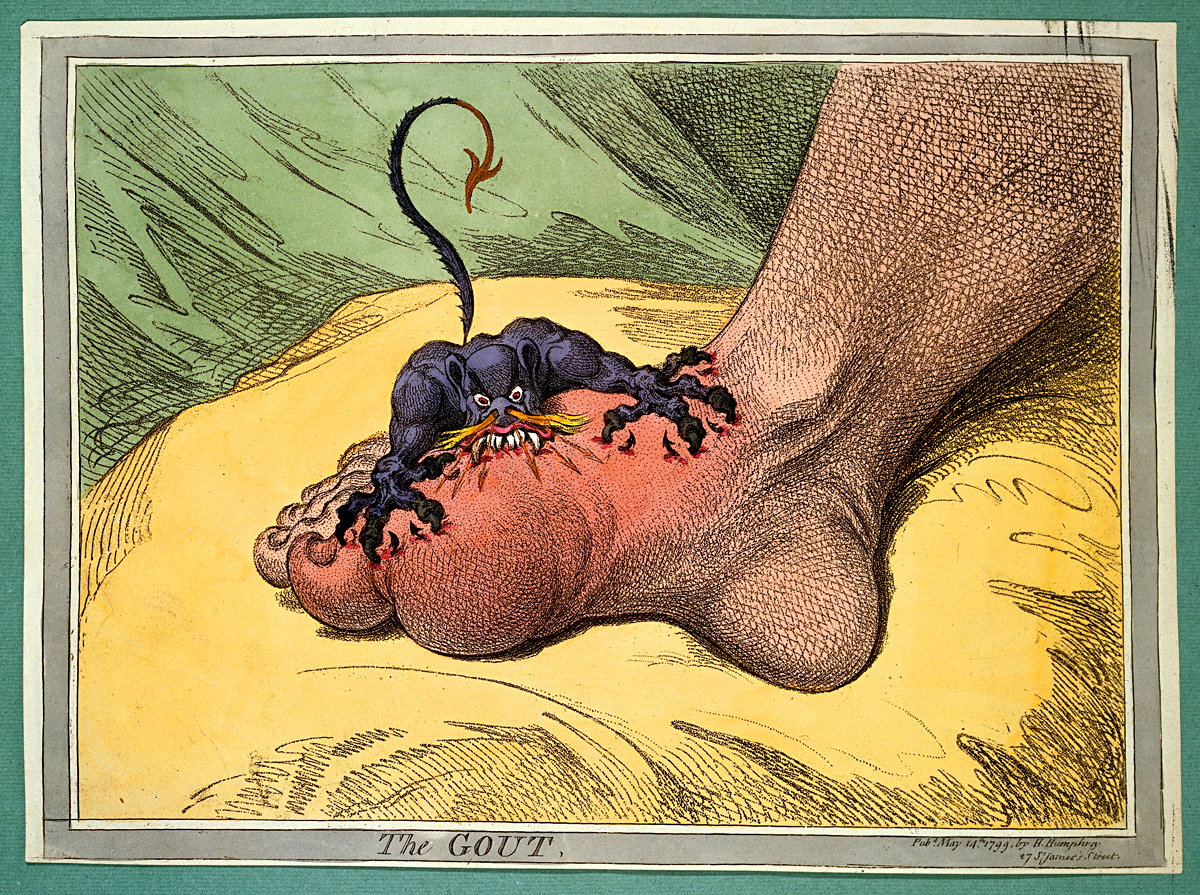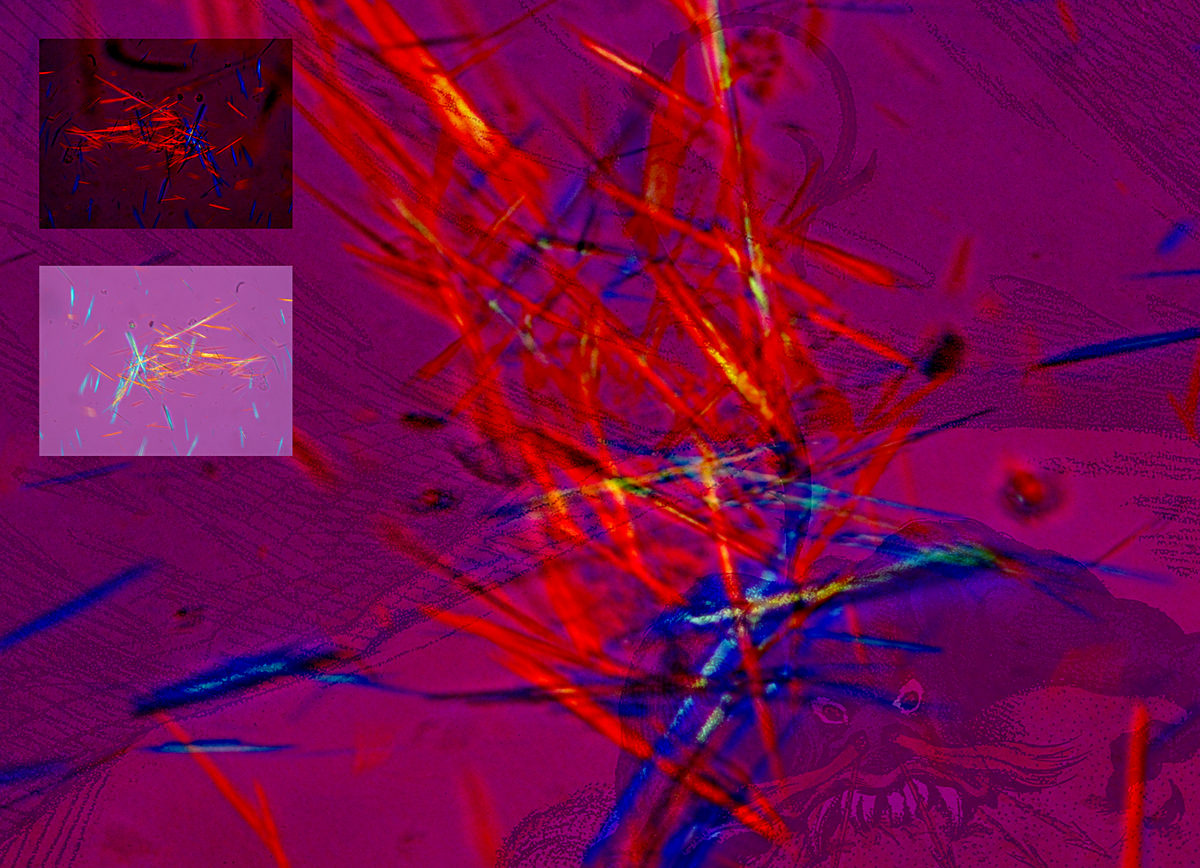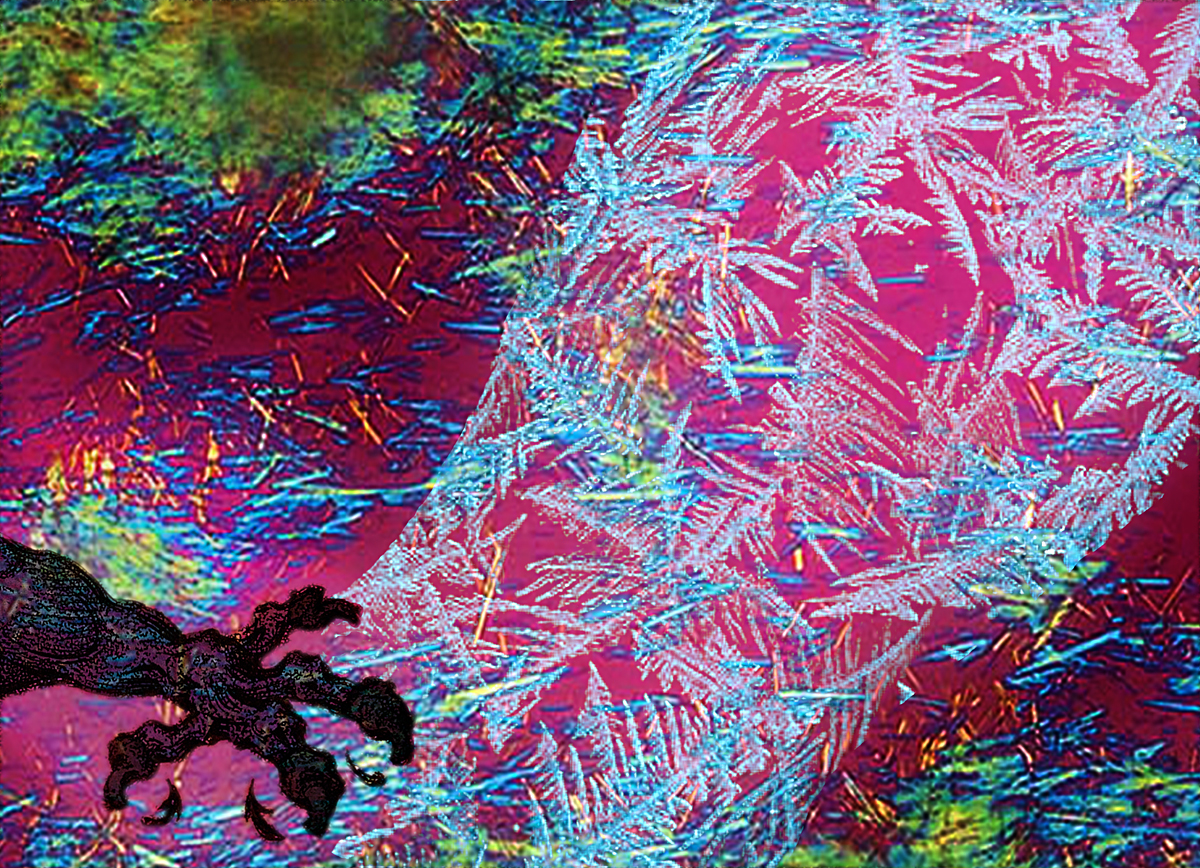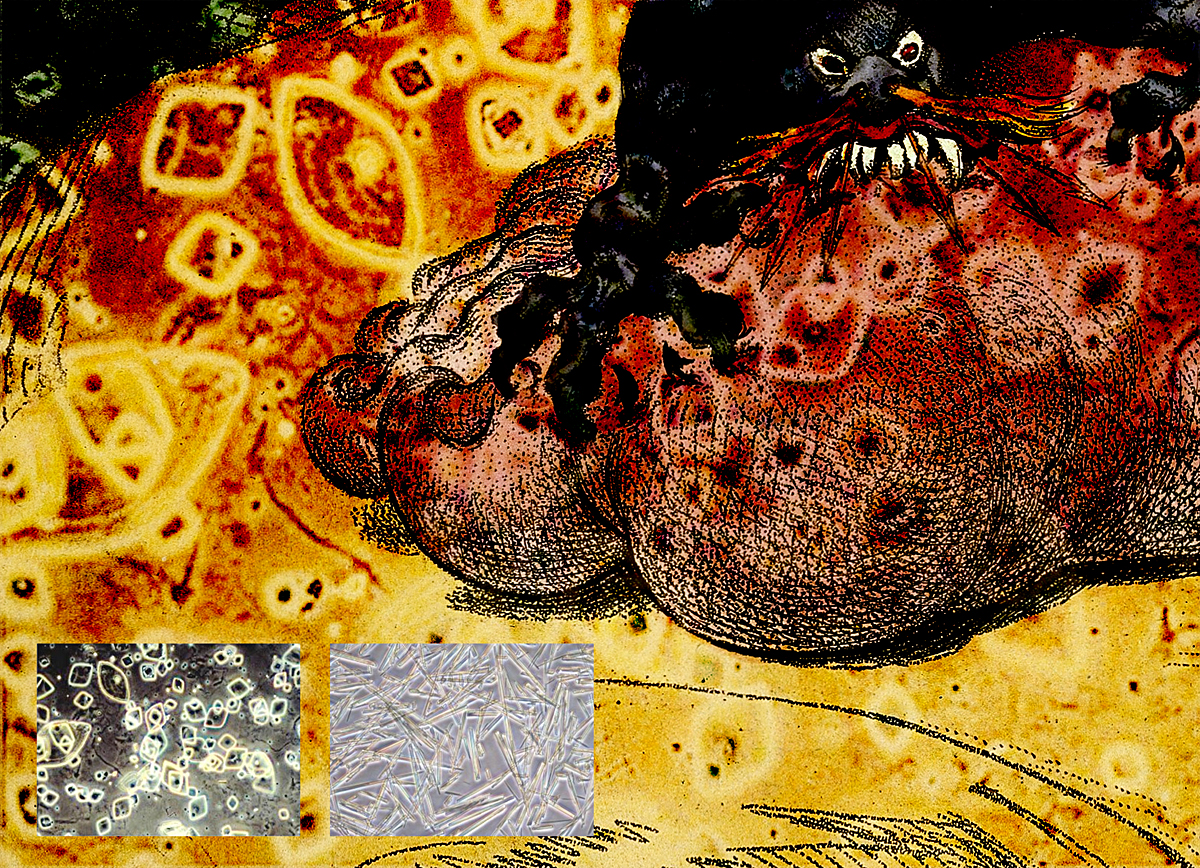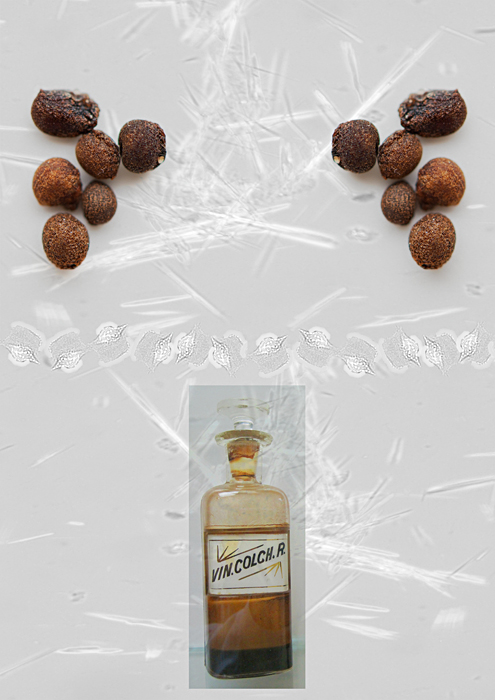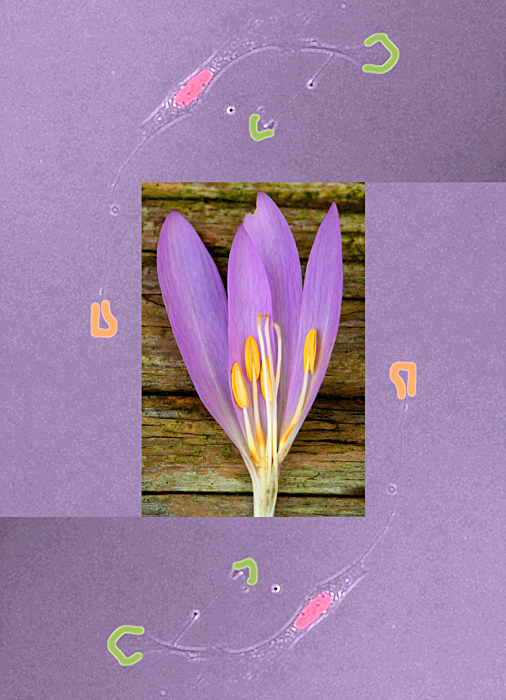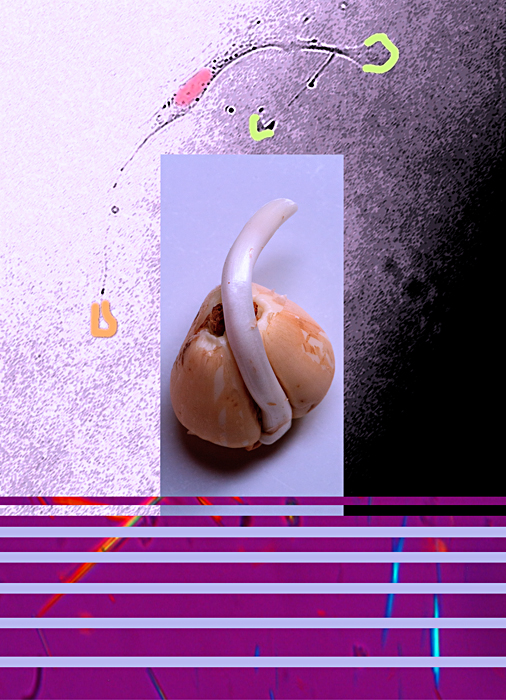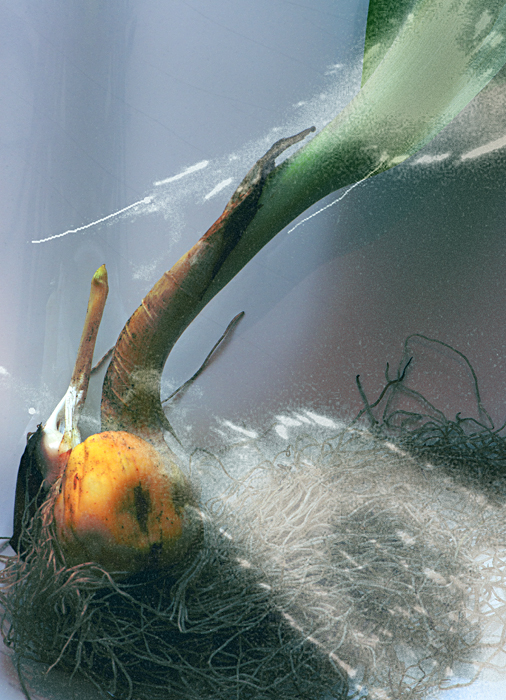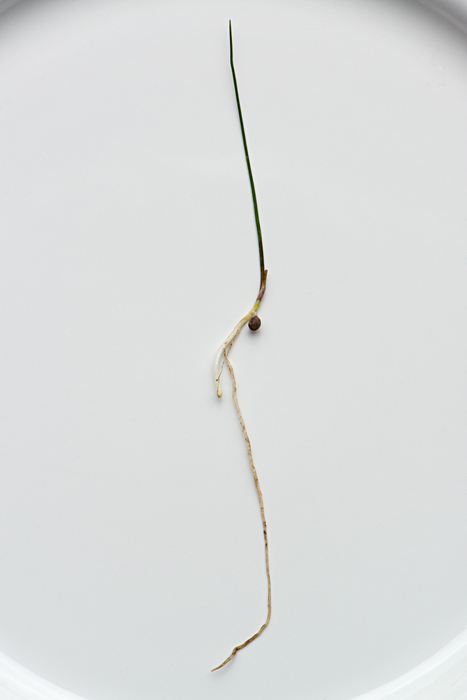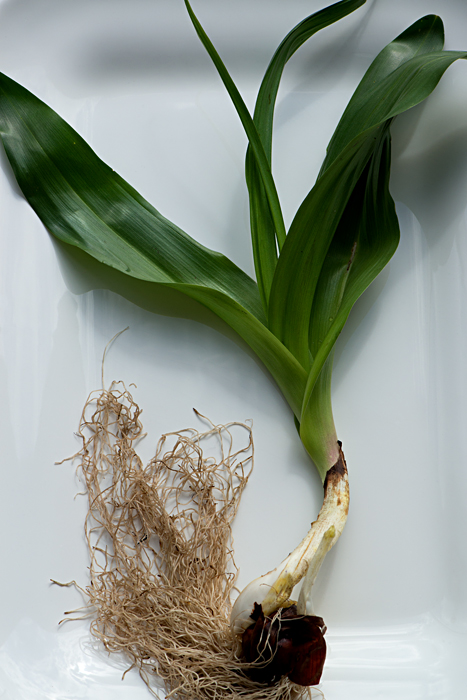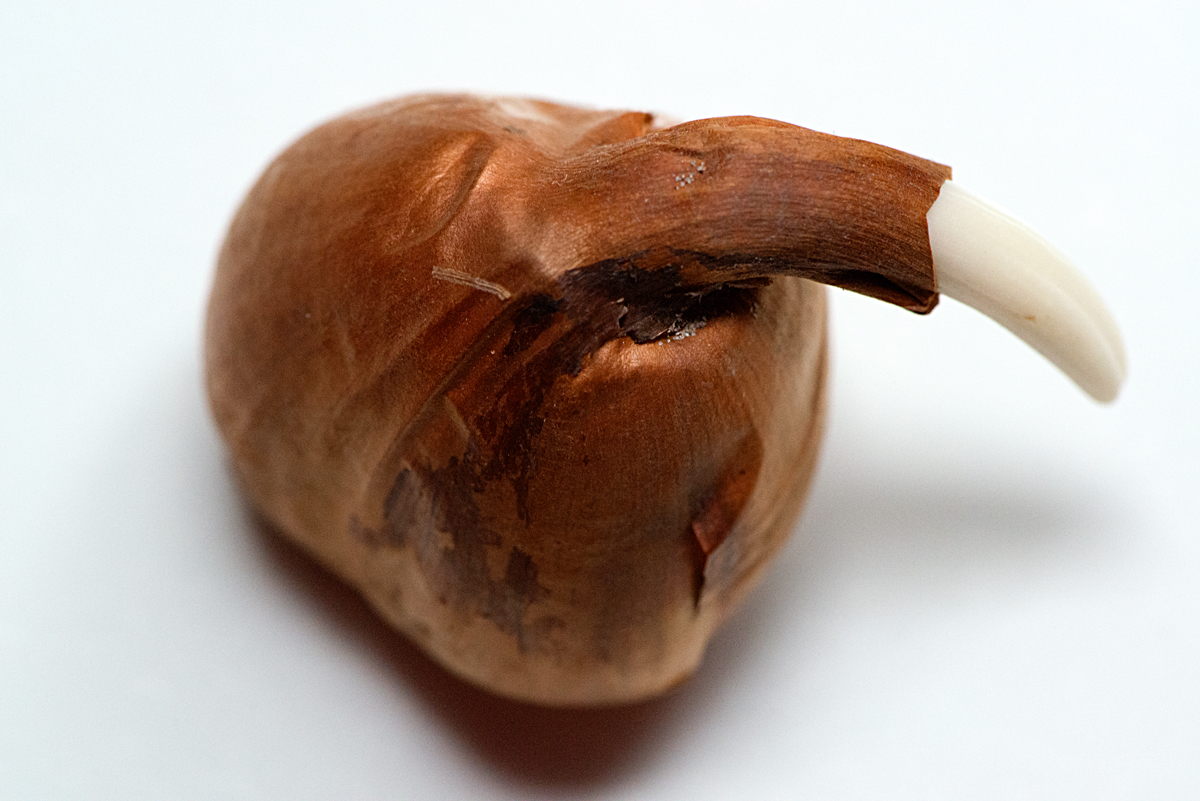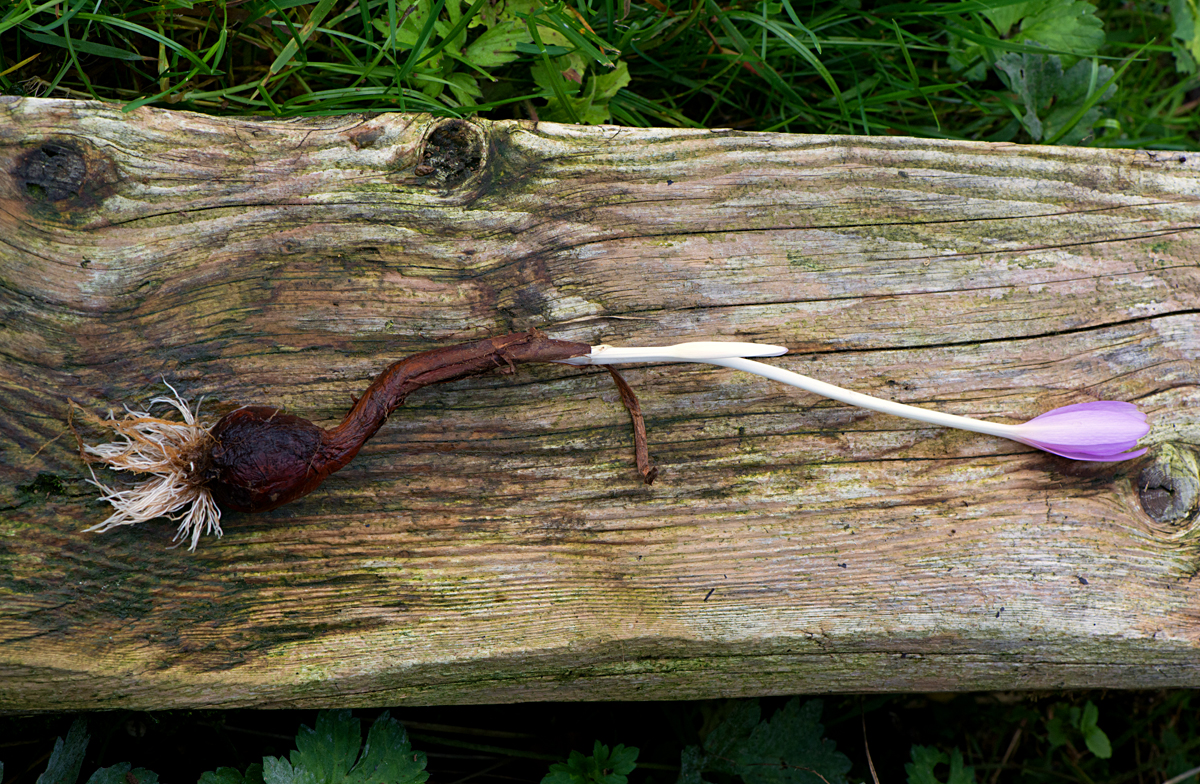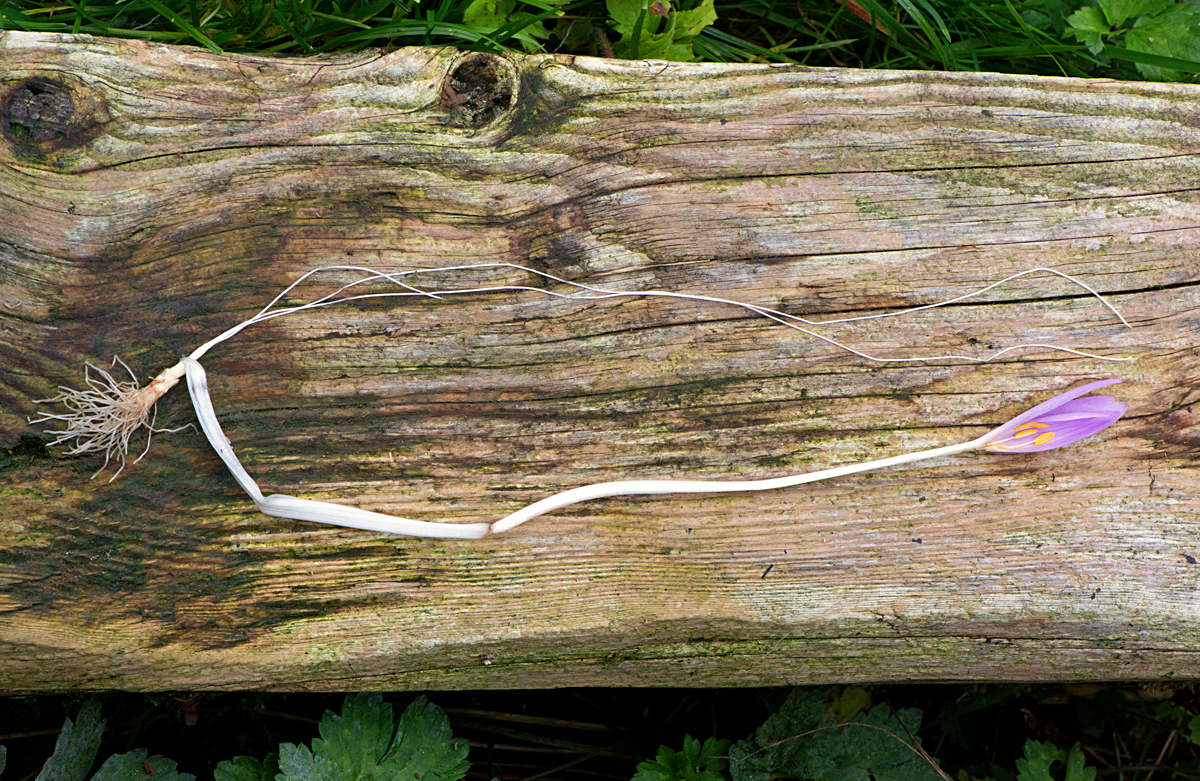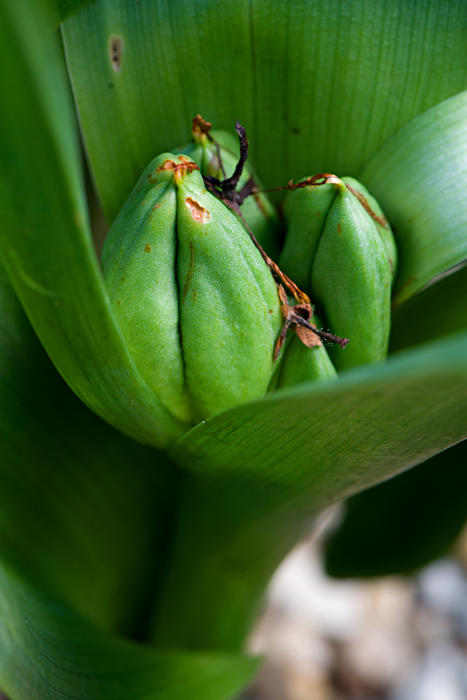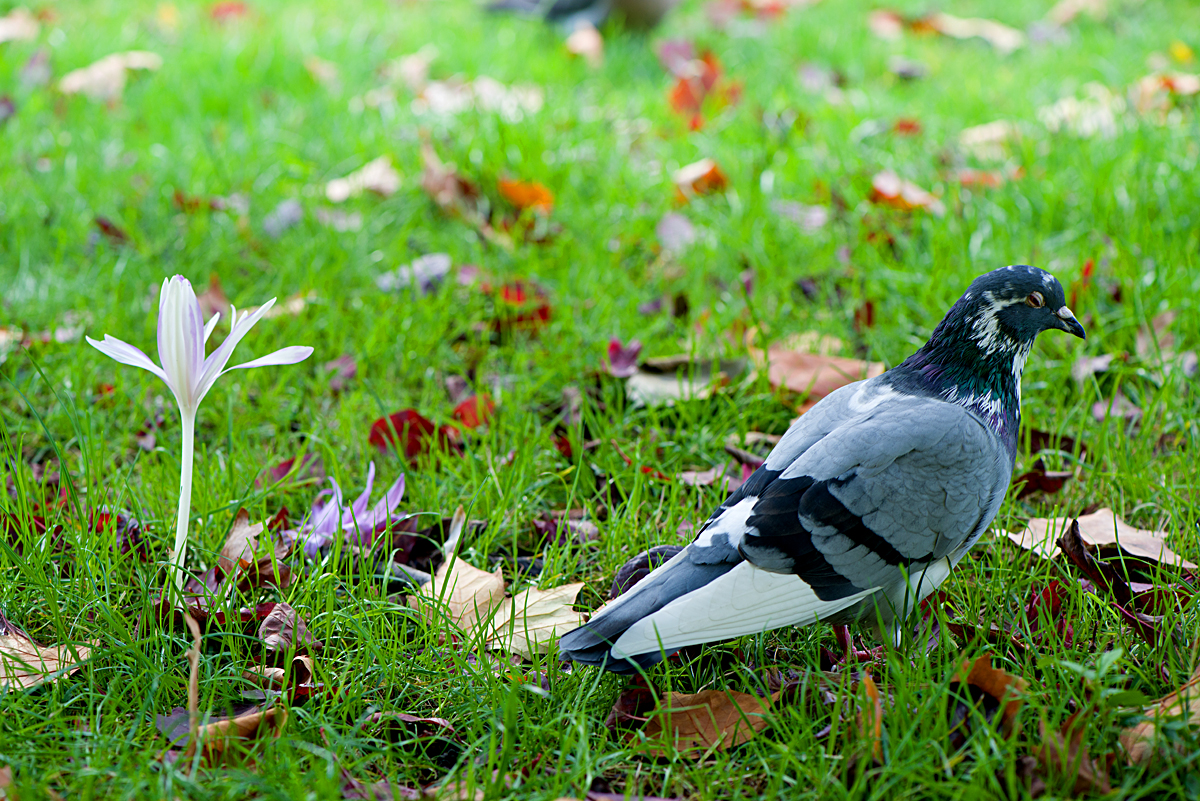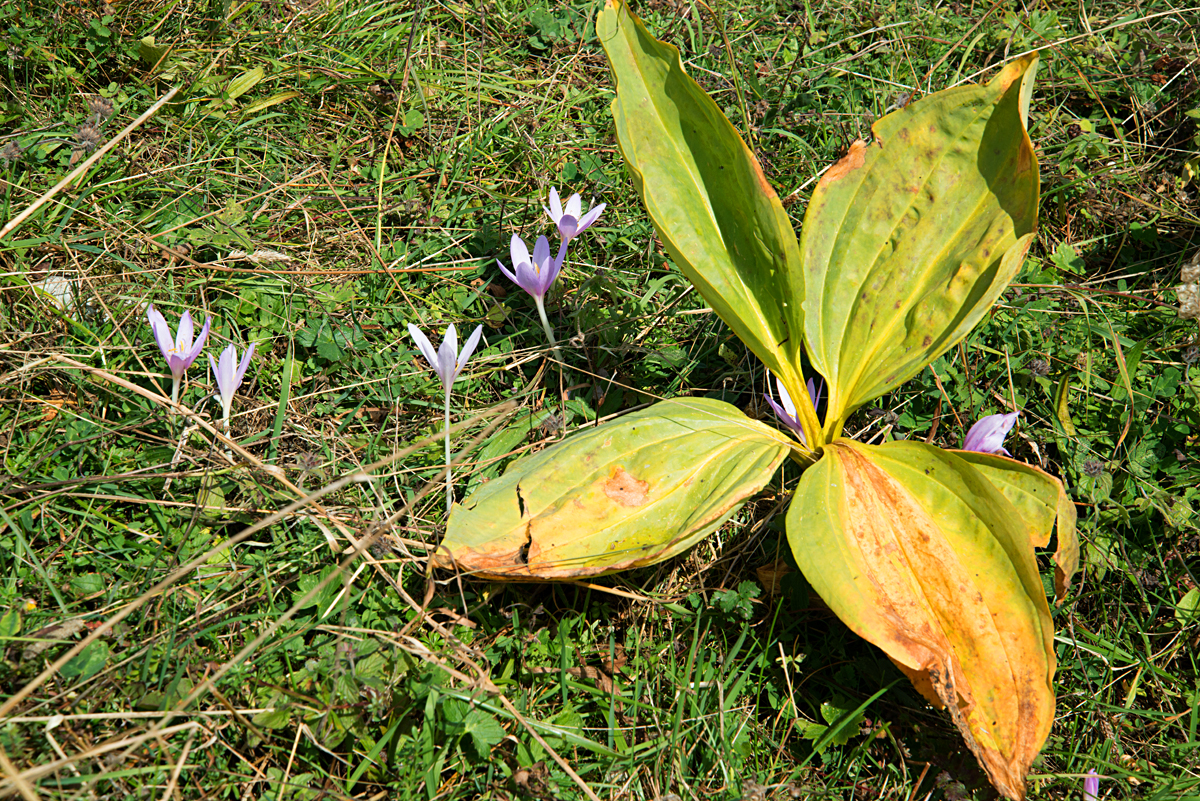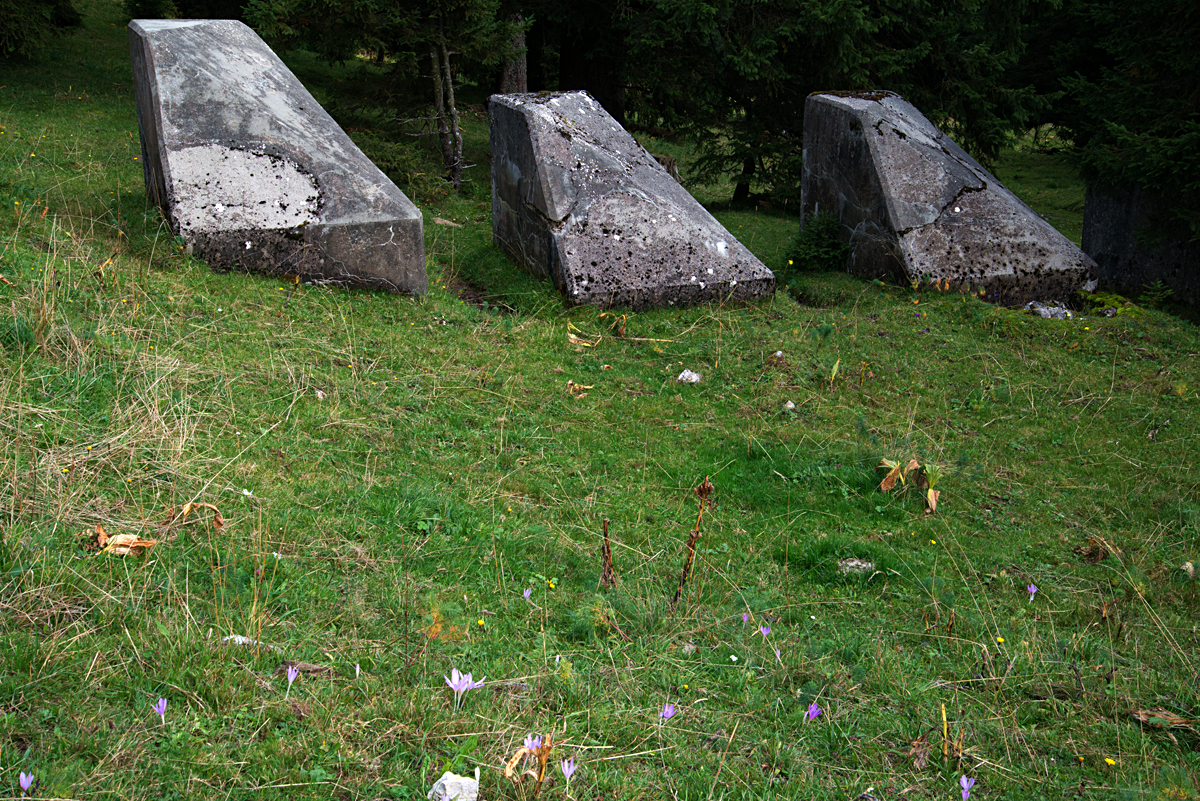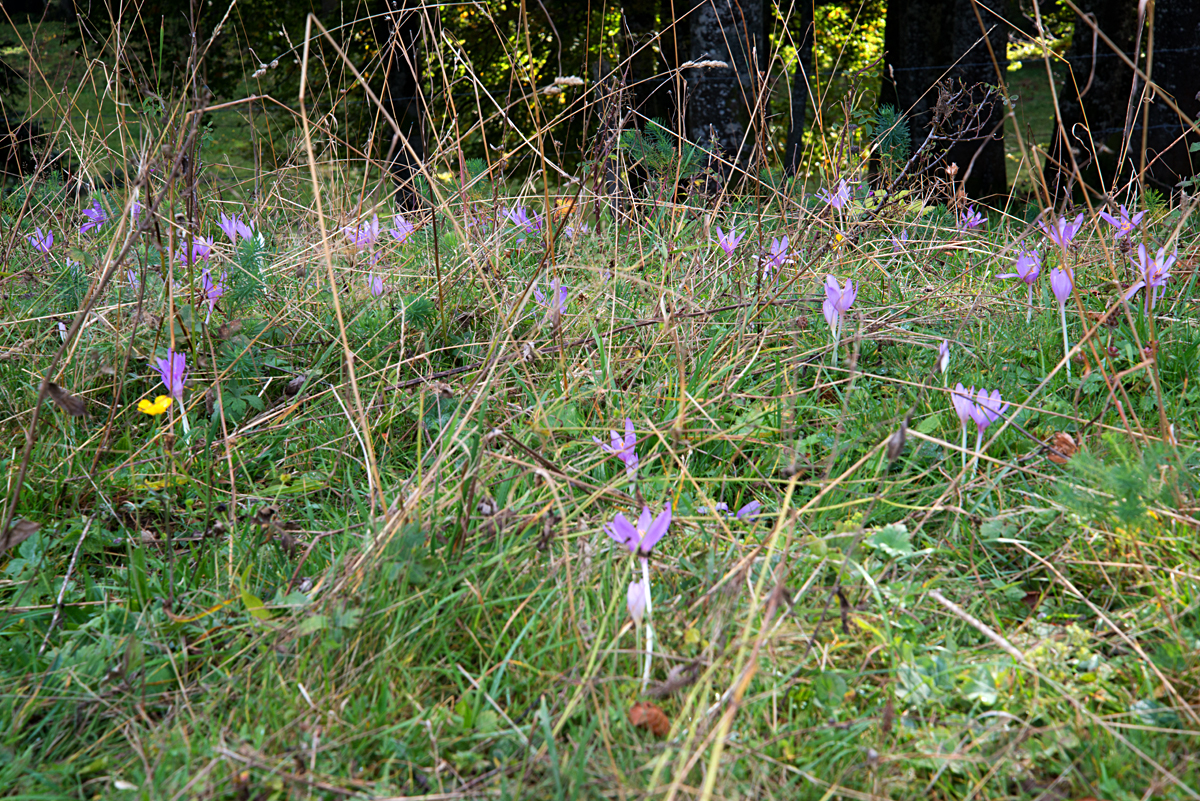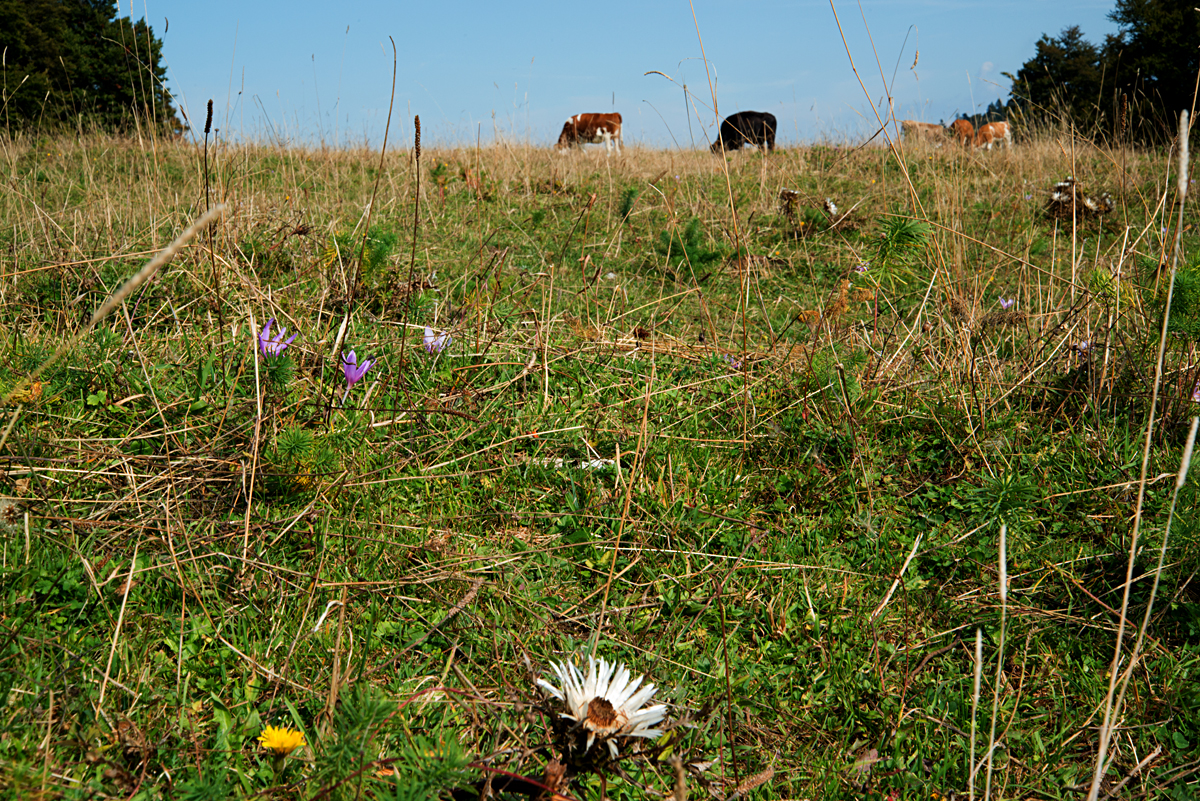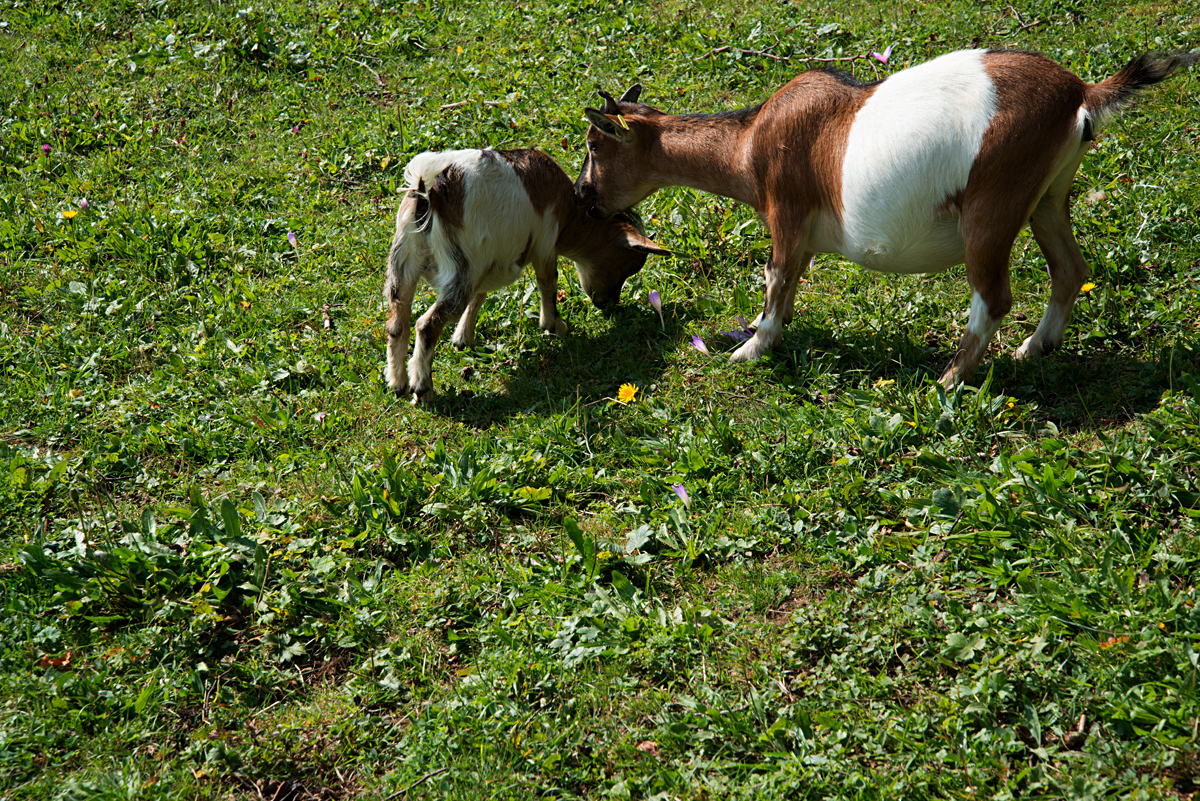about The Gout
The Fox Got You is an art and science project celebrating common plants at the origin of medicinal drugs (for an overview, go to the home page). The Gout is about the drug Colchicine which is extracted from the autumn crocus. It is a traditional and well known medicine for the treatment of acute gout attacks. It is a highly toxic drug, used only as a short term measure for this excruciatingly painful condition.
'The Gout', a famous 18th Century etching by caricaturist James Gillray, is a very powerful depiction of a gout attack. By adding images of uric acid crystals, whose accumulation in the joints is the cause of the pain and damage, artist Françoise Sergy has given the etching a contemporary twist.
For this series, Françoise interviewed a rheumatologist who specialises in gout and a friend who has suffered from gout since his twenties. Like the drug Paclitaxel (see Cancer and Yew), Colchicine affects microtubules, although in a different way. You will find more information about the scientists' work on microtubules in the section Visits to Biomedical Research Laboratories.
about the autumn crocus
The autumn crocus is an unusual plant. It is a corm, like the crocus, but it grows in a back to front way: The corm produces flowers before the leaves, in the autumn. In the following spring, the fruits, fertilised the previous year, are pushed upwards by the growth of the leaves. During the summer a new corm is produced underground, attached to the first one, which grows new roots and forms its own autumn flower. Flowers are pollinated by insects. The seeds are very difficult to germinate but corm division is more successful.
Some of the plant's English names reflect this unusual growth habit: Its main name is the autumn crocus but it is also known as the meadow saffron, naked ladies, naked boy and son-before-the-father. Its Latin name is Colchicum autumnale. The plant grows on the eastern coast of the Black Sea, now part of Georgia, which was called Colchis by the Romans, hence the name of Colchicum. Autumnale means "of the autumn", which is when the flowers appear.
The autumn crocus scientific classification is: Order - Liliales, Family - Colchicaceae (Colchicum family), Genus - Colchicum, Species - autumnale. Despite being called a crocus, it is more closely related to lilies.
The plant is native to central and south eastern Europe, including Britain, from Denmark to Spain and Macedonia. In Britain, it is now extremely rare away from the Bristol Channel. It is commonly found in the Alps and Jura mountains. It grows in meadows and damp woodland clearings, on chalk and neutral soils. It prefers moist but very well drained soil, in sun or semi-shade. It usually grows amongst grasses, with each plant placed at a respectful distance from one another.
All parts of the plant, especially the corm, are highly poisonous. The plant’s leaves are easily confused with those of wild garlic (ramson), so if in doubt, keep off! The drug Colchicine is also very toxic, particularly so in its injectable form, with several deaths by overdose recorded in recent times. This is the reason why it is no longer administered in this way.
about the drug Colchicine
The drug Colchicine is extracted from the autumn crocus. It is used mainly for the treatment of acute gout attacks. It prevents and reduces inflammation in joints caused by too much uric acid. It is understood to reduce the accumulation of neutrophils, a type of white blood cells which respond rapidly to inflammation and cause the joints to become painful. Colchicine does not actually affect the levels of uric acid in the joints and is therefore not a suitable long term treatment for the condition. Also, it is highly toxic and must be used only as a short term treatment.
The drug inhibits the activity of microtubules fibres within cells, which are essential for cell division. Its use in cancer treatment is being studied but so far the high toxicity of the drug has proved to be a major obstacle in this research. However, Colchicine has been used in plant breeding since 1937, thanks to its action on cell division. Unlike us, plants can experience the doubling or tripling of their chromosomes without ill effects. In fact, this is often to their benefit. This is a condition known as polyploidy, which Colchicine induces. Commercial growers use it to breed cultivars larger in size, faster growing, more hardy or with seedless fruits, amongst other positive effects.
The use of the autumn crocus in the treatment of gout can be traced back to c. 1550 B.C. During the centuries the plant’s popularity waxed and waned, presumably due to its high toxicity. Its use was reintroduced in the late 18th century, not by a physician but a military officer in the French Army, Nicolas Husson, who concocted a panacea called 'Eau Médicinale' which included autumn crocus corm. In 1848, the British physician Alfred Baring Garrod made a major contribution to our knowledge of gout. He demonstrated that the condition was caused by increased levels of uric acid in the joints of sufferers.
Although the synthesis of colchicine has been experimented on, the drug continues to be produced from the extraction of the autumn crocus, presumably because this process is cheaper than making the compound from scratch. Extraction and production now takes place in Asia, particularly in China.
Colchicine is an old drug, used long before any drugs approval legislation came into being. Also, very few modern studies have been conducted on the drug, particularly in double-blind, placebo-controlled trials which are now the gold standard for the development of pharmaceutical products. In Britain, Colchicine is licensed by NICE, the NHS body which determines the approved use of drugs. In the USA however, the approval of the drug by the Food and Drug Administration (FDA) has had a rocky path and this has lead to a 50-fold increase in price.
For Colchicine to be approved by the FDA, a trial had to take place in the USA. This was done by only one pharmaceutical company, URL Pharma. In 2009 the company was granted approval to market Colchicine as a branded new product: Colcrys. Although it had the same active pharmaceutical ingredient as Colchicine, Colcrys was sold for $5.00 per pill as opposed to 10 cents. The "unapproved" Colchicine continued to be available until 2010, when the FDA ordered a halt to its sale. Although the patent for Colcrys has now expired, Colchicine remains an unapproved drug to-date and its USA production cannot be restarted legally. In 2015 a generic version of Colcrys was finally approved, which hopefully will lead to the costs coming down. Thus an age old drug extracted from a plant became a cash cow for a pharmaceutical company, with the help of the FDA.
For a longer version of this article, please view the pdf file.
